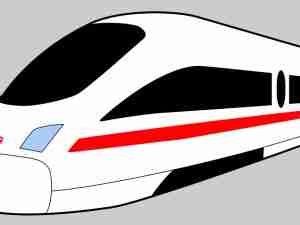Canadian Q1 crude-by-rail exports dive 28% year-on-year
By: Reuters | Jun 04 2015 at 05:05 PM | Intermodal
Canadian crude oil exports by rail in the first quarter plunged 28 percent year-on-year, the National Energy Board said, as shippers moved more crude by pipeline, which was cheaper.
Between January and March this year, shippers exported on average 119,755 barrels per day of crude by rail to the United States.
That was down more than a quarter from the 165,254 bpd exported in the first quarter of 2014, and a 24 percent decrease from the 158,532 bpd shipped in the fourth quarter of last year, according to the latest data from the Canadian regulator.
ARC Financial analyst Jackie Forrest said rail volumes dropped because Enbridge Inc, whose Mainline system ships the bulk of Canadian crude exports to the United States, added 340,000 bpd of capacity to its pipeline network through debottlenecking and expansions over the last 12 months.
"The biggest thing driving the rail volumes is the actual supply versus the amount of pipeline capacity we have," Forrest said. "Because pipeline is cheaper than rail, the preference will be to fill the extra pipeline capacity."
Total Canadian crude supply has also declined to around 4 million bpd since hitting a peak of 4.6 million bpd in January, according to a Barclays research note, as a result of maintenance in the oil sands patch and recent wildfires in Alberta
That dip in production is likely to be temporary however, as new projects come online this year.
Canadian heavy crude is currently trading at a discount of $7.00 a barrel to U.S. benchmark crude oil futures, the narrowest differential in more than five years, which does not cover the cost of oil trains to U.S. markets.
It costs roughly $14-$21 to transport a barrel of crude by rail from Alberta to the U.S. Gulf Coast, North America's largest refining complex, versus around $7-$11 per barrel by pipeline.
The sharp fall in Canadian crude-by-rail volumes comes despite a massive build-out of loading capacity.
Gibson Energy Inc and U.S. Development Group opened a 140,000 bpd terminal in Hardisty, Alberta, last year and Canexus Corp operates a 70,000 bpd facility near Bruderheim, Alberta.
Canexus's terminal is struggling to hit capacity and has been up for sale since last summer.
Volumes may rise in the second quarter after Imperial Oil and Kinder Morgan Inc's 210,000 bpd Edmonton terminal, built to serve the Kearl oil sands project, started operating in April.







